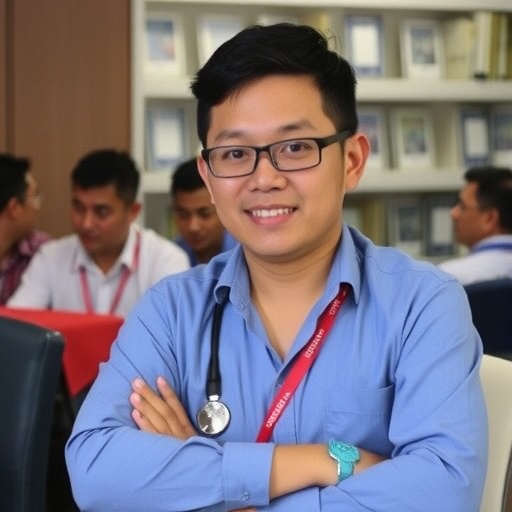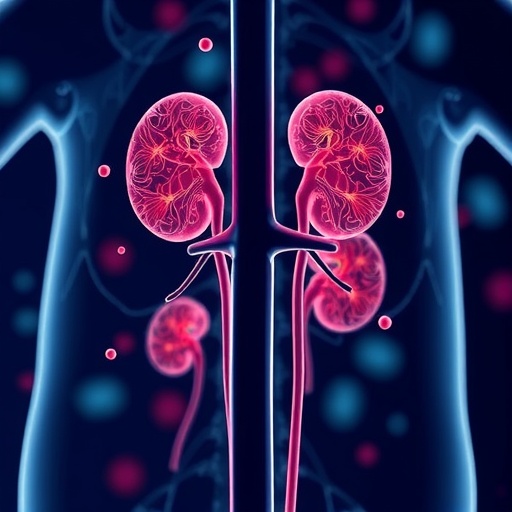
In a rapidly evolving world, the blend of healthcare and engineering has given rise to a dynamic field known as biomedical engineering, and the Philippines is at the burgeoning forefront of this innovation. The role of education in cultivating this discipline has never been more crucial as the country examines its current landscape, identifies challenges, and navigates the future directions of biomedical engineering education. The conversation surrounding these elements emphasizes the necessity for a robust curriculum that integrates technical knowledge with practical applications that can significantly enhance the healthcare sector.
Biomedical engineering encompasses a broad range of activities, including the design of medical devices, the development of biocompatible prostheses, and the innovatory use of technology in diagnosing and treating diseases. For the Philippines, a nation characterized by both vibrant healthcare needs and a burgeoning population, the implications of advancing this educational sector are manifold. As the country grapples with public health challenges, the integration of cutting-edge engineering solutions can mitigate pervasive issues like access to healthcare and the quality of medical technologies available.
The current landscape of biomedical engineering education in the Philippines reveals a mix of enthusiasm and potential obstacles. Several universities in the country are beginning to incorporate biomedical engineering into their curricula, though not uniformly. This discrepancy highlights the need for strategic educational reform that aligns with global standards while addressing local healthcare challenges. Future engineers must possess not just technical prowess but also a deep understanding of health systems and patient needs, merging theoretical frameworks with hands-on training to prepare them for the complexities of the real world.
One significant challenge faced by the educational institutions is the lack of experienced educators in the field of biomedical engineering. Many faculty members may have substantial engineering backgrounds but lack domain-specific expertise in biomedical applications. Establishing interdisciplinary programs that bring together engineering, biology, and healthcare professionals can help to fill this gap. Workshops, guest lectures, and collaborative research projects with industry partners can prepare students to meet the healthcare demands of their communities while providing invaluable mentorship.
Additionally, there exists a pressing need for increased investment in research and development within the area of biomedical engineering. Public and private sectors must collaborate to create funding opportunities that encourage innovative projects and research initiatives by students and faculty alike. Scholarships and grants can be made available to support aspiring engineers in their pursuit of transformative projects, laying a foundation for a more innovative health technology landscape in the Philippines.
The introduction of state-of-the-art laboratories and research facilities is another cornerstone for fostering innovation. By equipping students with advanced resources, educational institutions can cultivate an environment conducive to experimentation and discovery. Access to these facilities enables students to translate theoretical knowledge into practical applications, empowering them to become the innovators and problem-solvers of tomorrow. Such facilities create platforms for collaborative projects, bringing together students from various disciplines to address pressing healthcare challenges through creative engineering solutions.
Moreover, fostering partnerships not just within the Philippines but also internationally can expose students to a wider network of ideas and practices. Developing relationships with universities and research institutions abroad can enhance the educational experience, introduce diverse perspectives, and facilitate the exchange of knowledge. Programs that encourage student exchanges, internships, and joint research initiatives can significantly enrich the educational journey and contribute to developing a global outlook within the local biomedical engineering community.
As the landscape transitions, the importance of ethical considerations in biomedical engineering must also be highlighted. Engineers are faced with decisions that can affect patient safety and wellbeing, thereby necessitating a strong ethical foundation in educational curricula. Programs need to emphasize ethical responsibility and the impacts of technology on society, guiding aspiring engineers to balance innovation with a commitment to the health and welfare of individuals and communities.
A sustainable and inclusive approach to biomedical engineering education is vital — one that communicates the importance of access to healthcare technologies in underserved communities. Encouraging students to address inequality through engineering solutions not only prepares them for real-world challenges but also instills a sense of purpose and responsibility. Projects focused on low-cost medical devices or technologies tailored for rural healthcare settings can stimulate compassion and innovation simultaneously.
The educational community must also remain adaptable, frequently reassessing the curriculum to incorporate emerging technologies such as telemedicine, artificial intelligence, and machine learning. These are becoming increasingly prevalent in healthcare, and students should be equipped with skills that reflect these advances. By infusing these new technologies into the educational framework, the workforce of the future will be better prepared to address continuously evolving healthcare challenges.
Additionally, fostering an entrepreneurial mindset in biomedical engineering students can lead to groundbreaking advancements and the establishment of startups dedicated to improving healthcare technologies. Entrepreneurial ventures, especially those geared toward local needs, can contribute significantly to economic growth while transforming the healthcare landscape in the Philippines. Educational programs should incorporate management skills alongside engineering competencies to prepare students to navigate the complexities of bringing a healthcare product from conception to market.
Finally, a strong emphasis on lifelong learning is crucial. The field of biomedical engineering is dynamic, and ongoing education will be pivotal for engineers to remain competitive and knowledgeable about the latest advancements. Educational institutions must encourage alumni to participate in continuous learning opportunities, further enhancing both their capabilities and the overall evolution of the biomedical engineering field in the Philippines.
In conclusion, fostering innovation through biomedical engineering education in the Philippines is both a significant challenge and a remarkable opportunity. By addressing current landscape disparities, overcoming obstacles, and embracing future directions, the trajectory of this field can lead to transformative changes in healthcare and the well-being of society at large. Educational institutions hold the key to preparing the next generation of engineers who will reshape the future of biomedical technology, ensuring that it meets the needs of an ever-evolving healthcare system.
Subject of Research: Biomedical Engineering Education in the Philippines
Article Title: Fostering Innovation Through Biomedical Engineering Education in the Philippines: Current Landscape, Challenges, and Future Directions
Article References:
Rogayan, D.V. Fostering Innovation Through Biomedical Engineering Education in the Philippines: Current Landscape, Challenges, and Future Directions.
Ann Biomed Eng (2025). https://doi.org/10.1007/s10439-025-03822-y
Image Credits: AI Generated
DOI:
Keywords: Biomedical Engineering, Education, Innovation, Philippines, Healthcare Technology, Curriculum Development.
Tags: biocompatible prostheses developmentbiomedical engineering education in the Philippineschallenges in biomedical engineering educationcurriculum development in biomedical engineeringdesign of medical deviceseducational reforms in healthcare engineeringfuture directions in biomedical engineeringhealthcare technology innovationimproving access to healthcare technologiesintegration of engineering and healthcaremedical technology quality enhancementpublic health challenges in the Philippines




